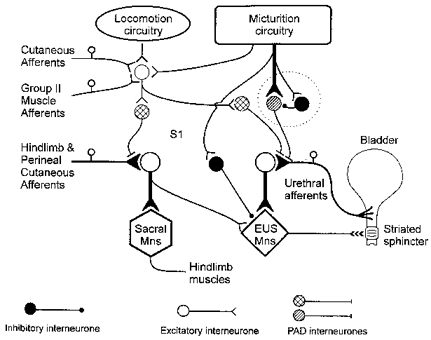Figure 9. Schematic diagram of the proposed circuitry controlling sacral urethral, perineal and hindlimb cutaneous afferent transmission.

The cross-hatched interneurones represent the population mediating segmental-evoked PAD in urethral, perineal and hindlimb cutaneous afferents. These same interneurones may also mediate PAD of perineal and hindlimb cutaneous afferents during micturition and locomotion and may be the interneurones described by Jankowska & Riddell (1994, 1995). The hatched interneurone represents the interneurone population mediating PAD of only urethral afferents during micturition and may be the population described by Blok et al. (1997). The filled neurones are inhibitory neurones mediating the previously demonstrated postsynaptic inhibition of the sphincter motoneurones or the proposed inhibition of the urethral PAD interneurones during micturition. For simplicity, polysynaptic pathways from the various afferents and motoneurones are represented with only one interposed excitatory interneurone (open circle).
